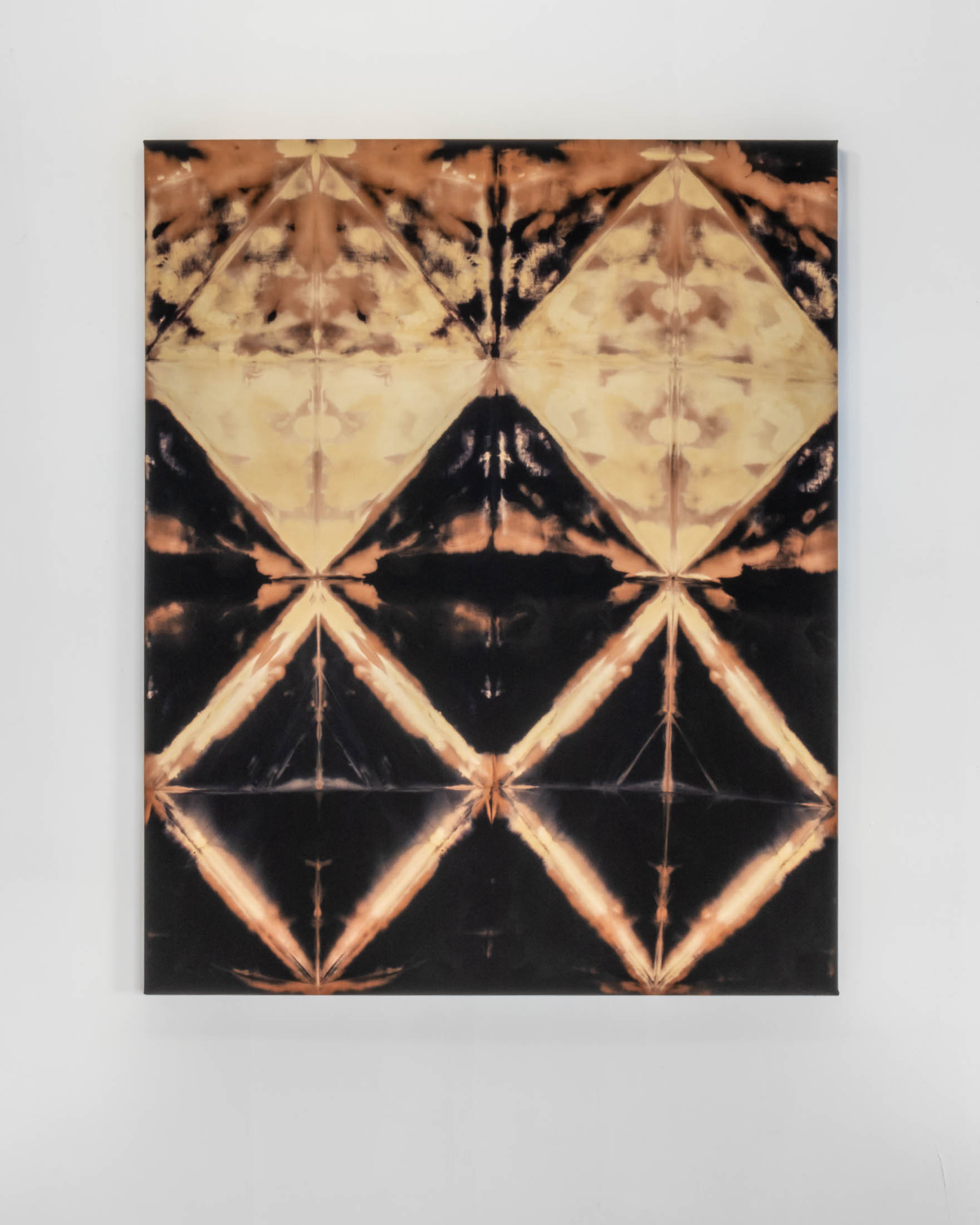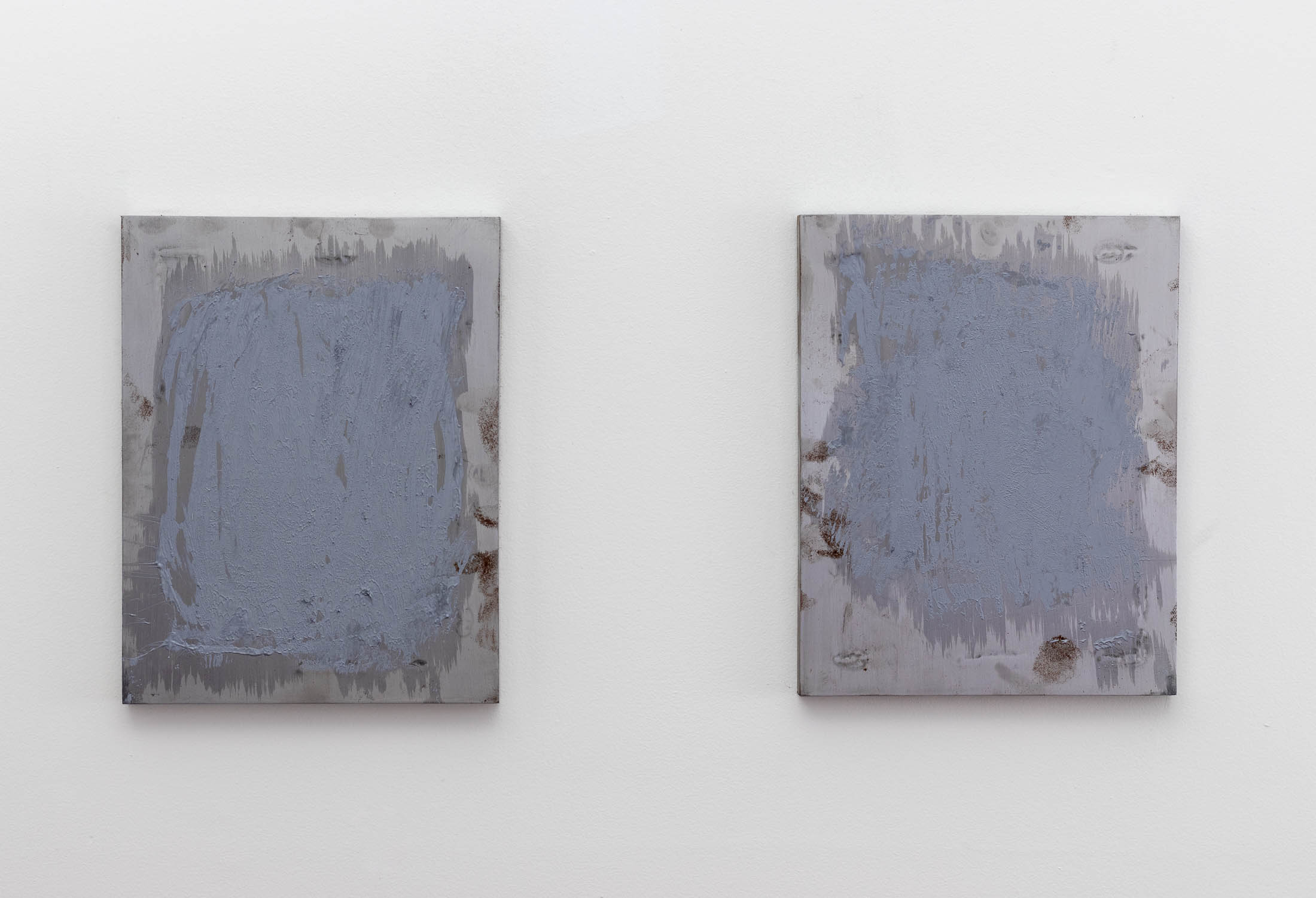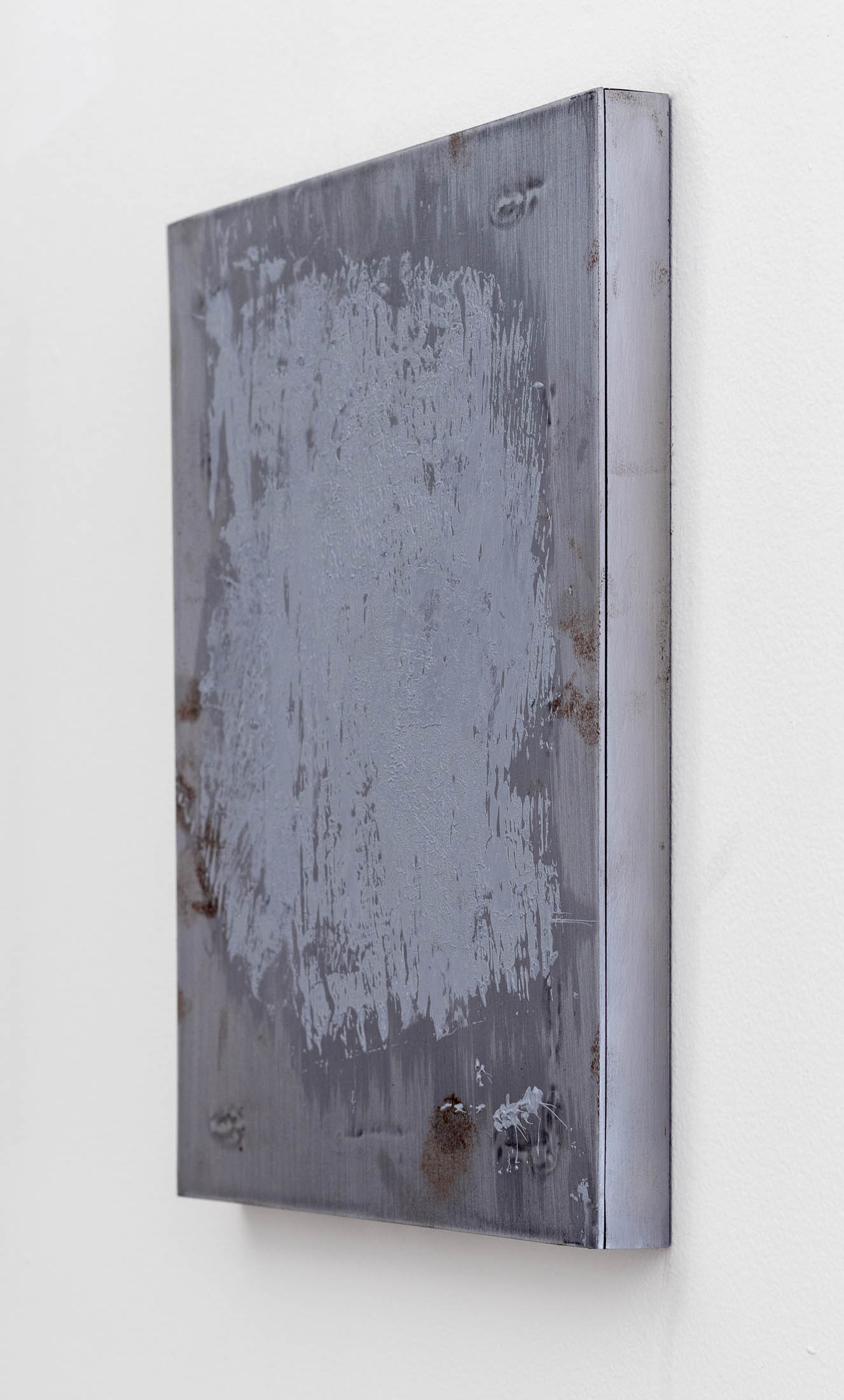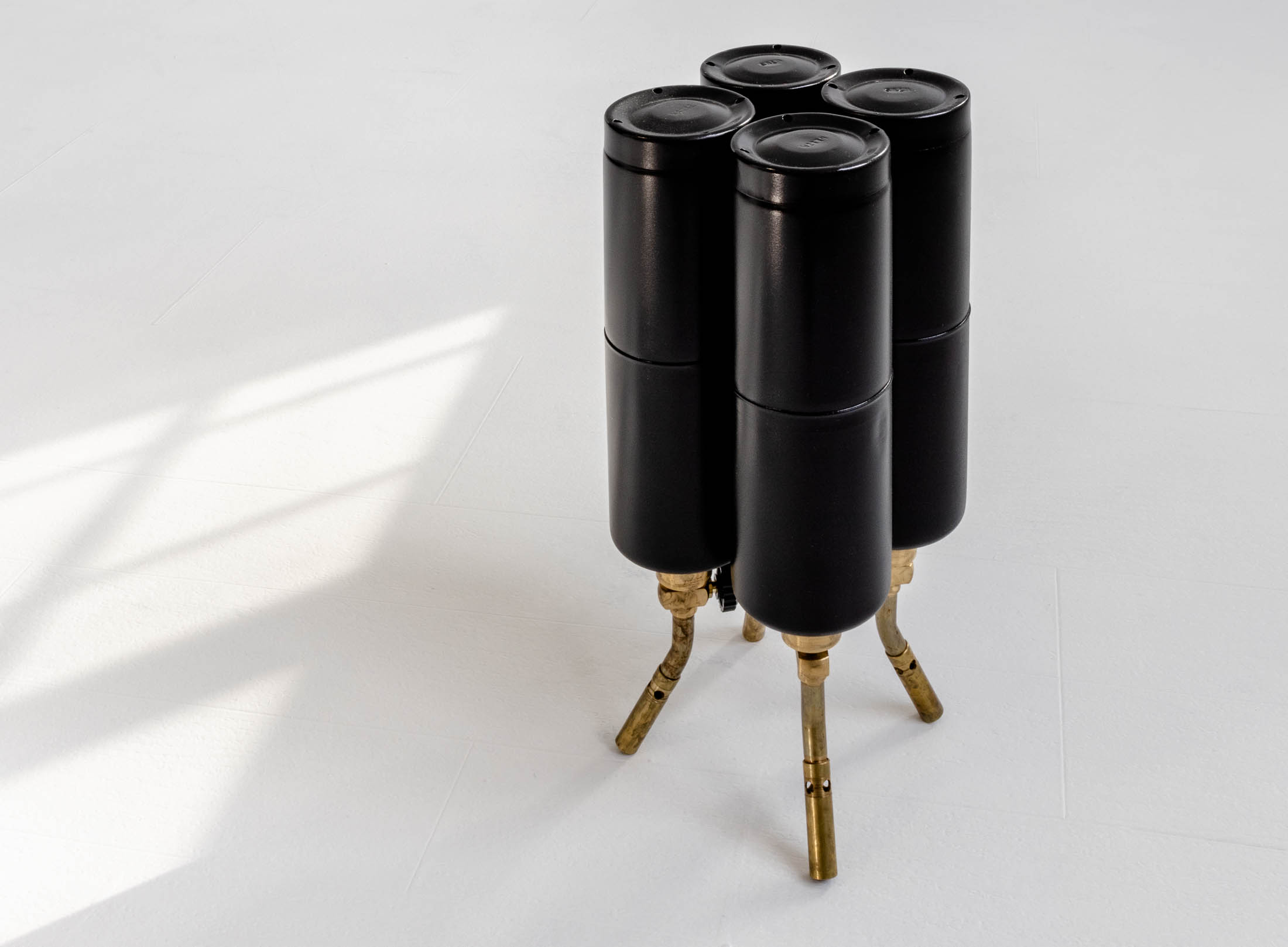










If the core logic of capitalism is one of profit (i.e. the production of more than is consumed), then it follows that friction (the consumption of more than is produced) instantiates its opposite. Despite the latter being a fundamental law of the physical world—all tends toward entropy—it is the former that governs our social sphere, our values, and our capacity to apprehend. The tension between material laws and discursive ideologies produces irreconcilable side-effects, repressed but nonetheless real. Climate change may be the most topical effect of a system straining for infinite growth within a finite ecosystem, and can be thought of as a hidden friction, an inevitable consequence to the idealism of capital. Other hidden frictions appear in class struggle—where waged labourers produce more than they are remunerated—and colonialism—where resource extraction is profitable (possible) only because of dispossession and genocide. But global warming cannot be apprehended according to our extant forms of subjectivity: it is too massive, and too slow, for any individual to perceive. No amount of flood-wall construction or green-energy extraction can address the fundamental problem. Energy cannot be created or destroyed, only dispersed. Over-production elicits material consequences regardless of the reigning discourse. The only tenable response is a radical one: acceptance. Given these conditions, the studies comprising Entropic indices propose a mode of perception that begins with entropy and does not attempt to idealize it away. By reorienting the lens of value, destruction becomes desirable in its own right. For it is in destruction that we find new possibilities for emancipatory thought. This is not achieved by expanding the horizons of possibility, but by accepting the possible as it is.
This body of work includes a number of material experiments indulging the hidden costs of production. Paintings are made by folding dyed canvas and applying bleach and vinegar. The combination of these liquids is poisonous chlorine gas—the acidic vinegar and basic bleach eventually neutralize each other, but only after marring the underlying canvas. Once unfolded, it is evident that canvas has been partially returned to a raw state. Whereas painting typically begins from this state, here it emerges as the end of the mark-making process. Raw material is made rawer—the mode of production relinquishes its negentropic telos.
A variety of sculptural works apply similarly destructive logic to productive materials. For instance, propane torches are welded together to form small stools. Welding necessitates passing an electrical arc across surfaces—a dangerous process when working with pressurized fuel. Therefore the gas needs to be wasted in order to facilitate the sculpture, reversing which elements are considered valuable and which ones are deemed disposable. Where paint is typically understood as a matter of aesthetics, in the instance of propane tanks it is an illegal ornamentation, one that carries the potential to absorb heat and activate the volatile substance held within. Other works use components of propane tanks in combination with sacrificial zinc anodes. These anodes are typically attached to the hull of seafaring vessels, absorbing the negatively-charged currents of ocean salt water so that the vessel’s hull might be unaffected. When the anodes are corroded, they are discarded. The tanks, which are intended to hold their contents under pressure, as potentially useful energy, are instead opened up and become bowls that hold their contents in a non-coercive way. That is, they produce an availability without dictating a prescription.
These alterations at the level of matter represent axiological shifts in capitalist modes of perception and value. By using familiar objects with known purposes, and by subjecting their intended functions to entropy, the sculptures propose a mode of apprehension that is not so tangled in the contradictory logic of profit-without-friction.
This body of work includes a number of material experiments indulging the hidden costs of production. Paintings are made by folding dyed canvas and applying bleach and vinegar. The combination of these liquids is poisonous chlorine gas—the acidic vinegar and basic bleach eventually neutralize each other, but only after marring the underlying canvas. Once unfolded, it is evident that canvas has been partially returned to a raw state. Whereas painting typically begins from this state, here it emerges as the end of the mark-making process. Raw material is made rawer—the mode of production relinquishes its negentropic telos.
A variety of sculptural works apply similarly destructive logic to productive materials. For instance, propane torches are welded together to form small stools. Welding necessitates passing an electrical arc across surfaces—a dangerous process when working with pressurized fuel. Therefore the gas needs to be wasted in order to facilitate the sculpture, reversing which elements are considered valuable and which ones are deemed disposable. Where paint is typically understood as a matter of aesthetics, in the instance of propane tanks it is an illegal ornamentation, one that carries the potential to absorb heat and activate the volatile substance held within. Other works use components of propane tanks in combination with sacrificial zinc anodes. These anodes are typically attached to the hull of seafaring vessels, absorbing the negatively-charged currents of ocean salt water so that the vessel’s hull might be unaffected. When the anodes are corroded, they are discarded. The tanks, which are intended to hold their contents under pressure, as potentially useful energy, are instead opened up and become bowls that hold their contents in a non-coercive way. That is, they produce an availability without dictating a prescription.
These alterations at the level of matter represent axiological shifts in capitalist modes of perception and value. By using familiar objects with known purposes, and by subjecting their intended functions to entropy, the sculptures propose a mode of apprehension that is not so tangled in the contradictory logic of profit-without-friction.